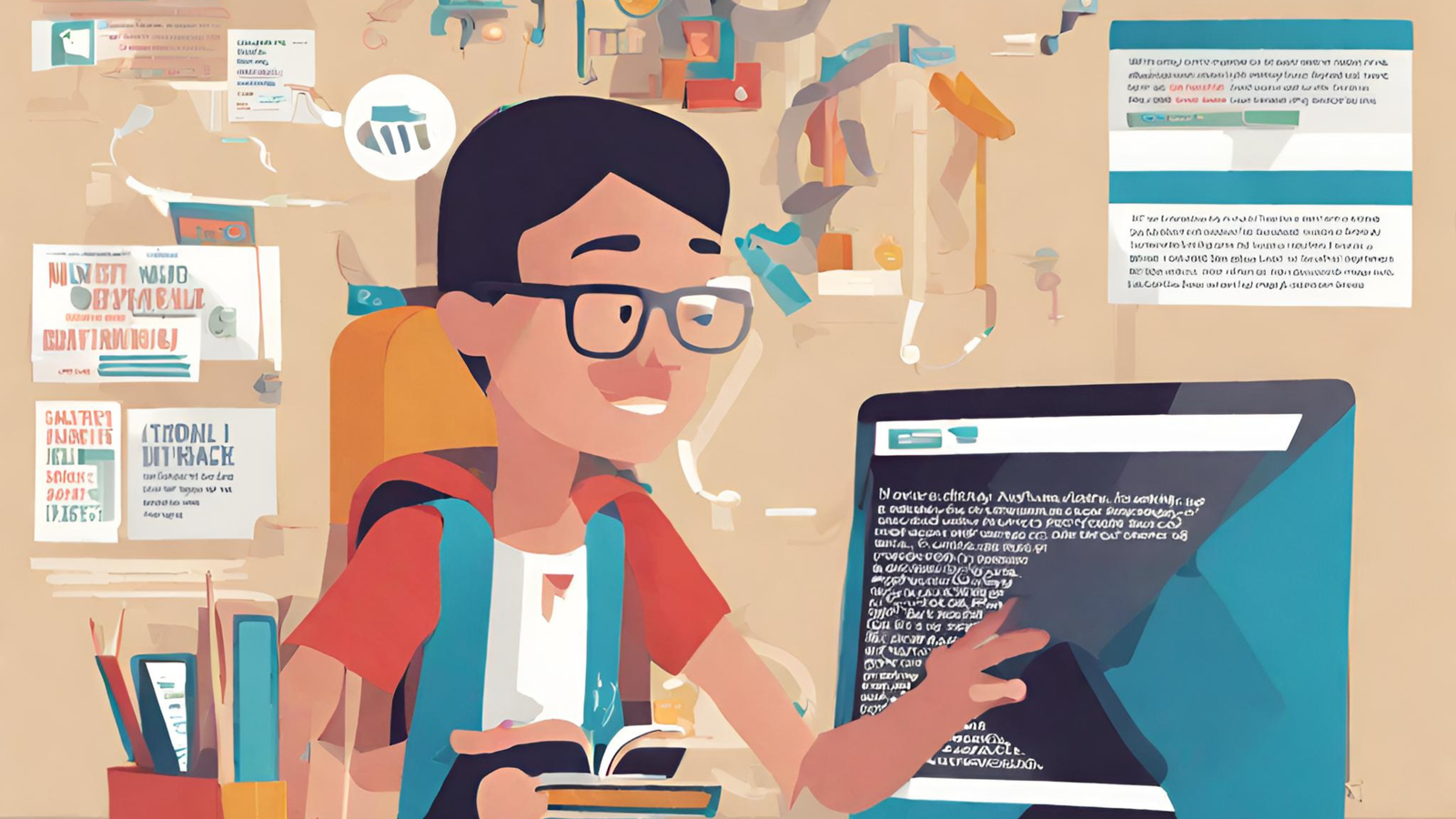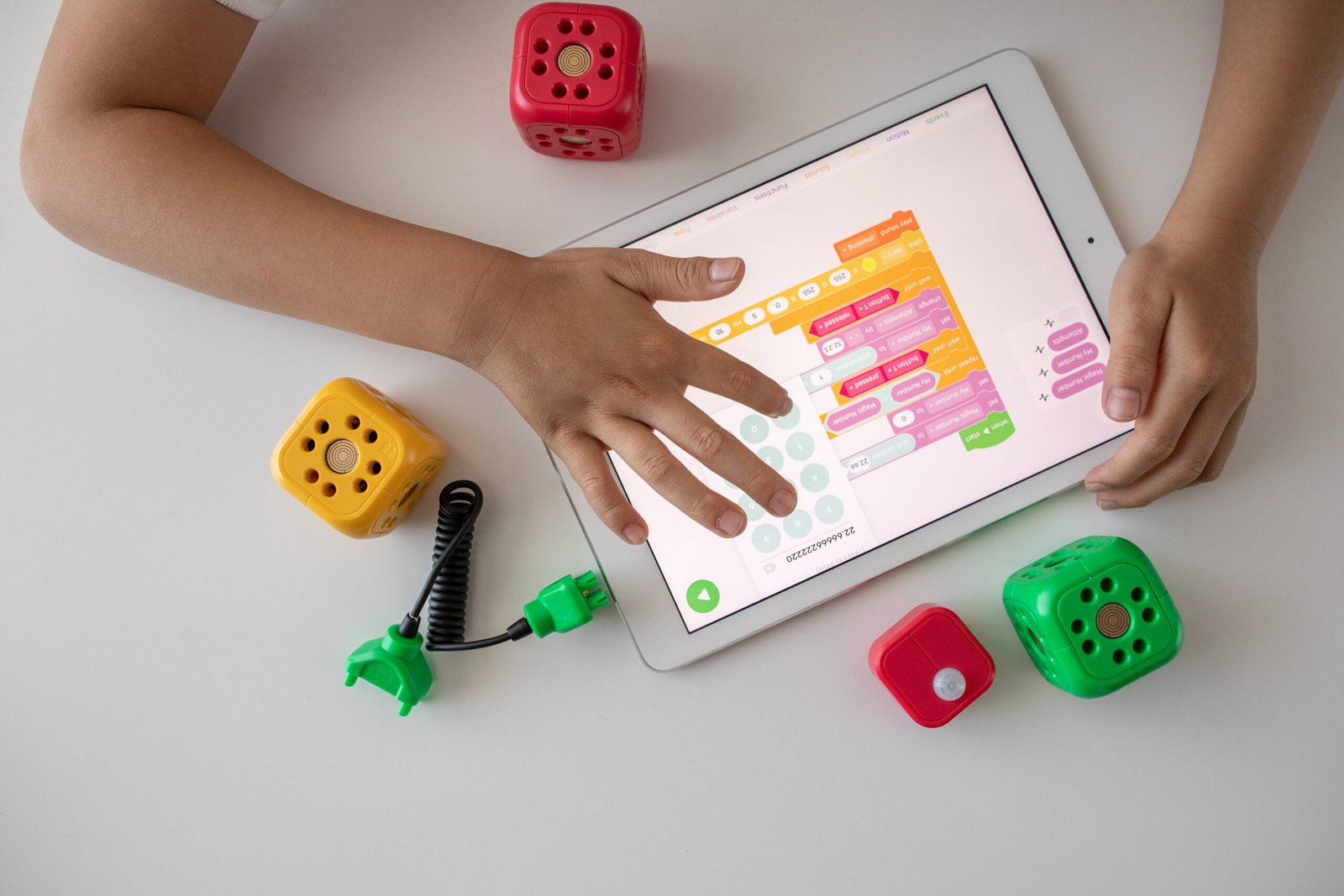The Role of Education Technology in Inclusive Learning
January 13, 2024 | by fakta-unik.com

Inclusive learning is an essential aspect of education that aims to provide equal opportunities for all students, regardless of their abilities or disabilities. It focuses on creating an environment where every student feels valued, supported, and engaged in the learning process. One of the key tools that has revolutionized inclusive learning is education technology.
What is Education Technology?
Education technology, also known as EdTech, refers to the use of technology to enhance teaching and learning experiences. It encompasses a wide range of tools, such as computers, tablets, interactive whiteboards, educational software, and online platforms. These tools can be used in various educational settings, including classrooms, online courses, and distance learning programs.
The Benefits of Education Technology in Inclusive Learning
Education technology has the potential to transform inclusive learning by addressing the diverse needs of students and providing personalized learning experiences. Here are some of the key benefits:
1. Accessibility
Education technology can break down barriers to learning by providing accessible resources and tools. For students with disabilities, assistive technologies can enable them to participate fully in the learning process. For example, screen readers and speech recognition software can help students with visual impairments or learning disabilities to access and interact with educational content.
2. Personalized Learning
Education technology allows for personalized learning experiences tailored to individual student needs. Adaptive learning platforms can assess students’ strengths and weaknesses and provide targeted instruction and practice. This helps students to progress at their own pace and receive the support they need to succeed.
3. Collaboration and Communication
Technology tools facilitate collaboration and communication among students, teachers, and parents. Online platforms and discussion forums enable students to connect with their peers, share ideas, and work on group projects. This fosters a sense of community and enhances social interaction, which is crucial for inclusive learning.
4. Multimodal Learning in inclusive learning
Education technology supports multimodal learning, which caters to different learning styles and preferences. Students can engage with content through text, images, videos, and interactive simulations. This variety of formats ensures that students with diverse abilities and learning preferences can access and understand the material.
5. Assessment and Feedback
Technology tools provide opportunities for ongoing assessment and immediate feedback. Online quizzes, interactive exercises, and virtual simulations allow teachers to monitor student progress and identify areas for improvement. This timely feedback helps students to track their own learning and make necessary adjustments.
Implementing Education Technology in Inclusive Learning
While education technology offers numerous benefits, its successful implementation requires careful planning and consideration. Here are some key factors to consider:
1. Professional Development in inclusive learning
Teachers need adequate training and support to effectively integrate education technology into their teaching practices. Professional development programs should focus on enhancing digital literacy skills and providing guidance on selecting and using appropriate technology tools.
2. Infrastructure and Access
Ensuring access to reliable technology and internet connectivity is crucial for inclusive learning. Schools and educational institutions need to invest in the necessary infrastructure and provide devices and internet access to students who may not have them at home.
3. Universal Design for Learning
Adopting the principles of Universal Design for Learning (UDL) can guide the implementation of education technology in inclusive learning environments. UDL emphasizes creating flexible learning experiences that accommodate the diverse needs and preferences of all students.
4. Collaboration and Partnerships
Collaboration between educators, administrators, technology experts, and parents is essential for successful implementation. By working together, stakeholders can share insights, resources, and best practices to ensure that education technology is effectively integrated into inclusive learning environments.
Conclusion
Education technology has the power to transform inclusive learning by providing accessible, personalized, and engaging learning experiences for all students. By embracing education technology and implementing it thoughtfully, we can create inclusive learning environments that empower every student to reach their full potential.
RELATED POSTS
View all

